Unveiling the Past: Digitally Reconstructing Florence
Using 3D laser scanning to create an immersive digital guide to 15th-century Florence


r
Author: Amanda Troth
In a world where technology continuously reshapes our approaches to various fields, digital humanities are revolutionising the exploration of history. Universities, scholars, and institutions are actively collaborating to push the boundaries of 3D laser scanning and its applications in historical research. Dr George Bent, Professor of Art History, has emerged as a pioneer in this burgeoning field as he leads the ambitious project "Florence As It Was: A Digital Reconstruction of a Medieval City."
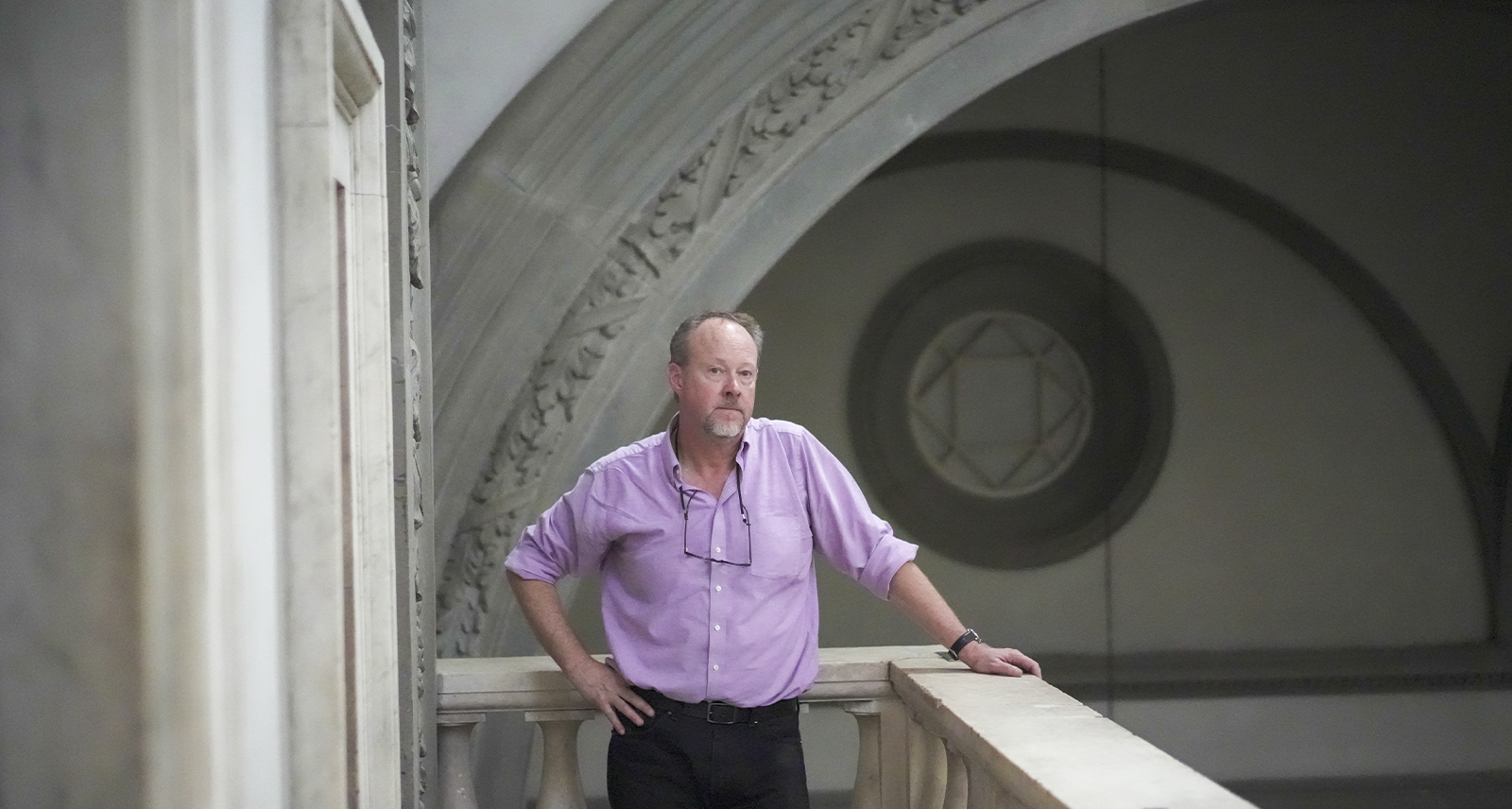
Unlocking Time
Through the integration of cutting-edge reality capture solutions from Leica Geosystems, Bent and his team have embarked on an extraordinary journey to recreate 15th-century Florence. By meticulously capturing intricate point clouds of the city's historic architecture and combining them with photogrammetry models of original artwork and contextual annotations, they aim to transport virtual visitors back in time. The project's grand vision is to allow users to traverse through the city and experience the past like never before.
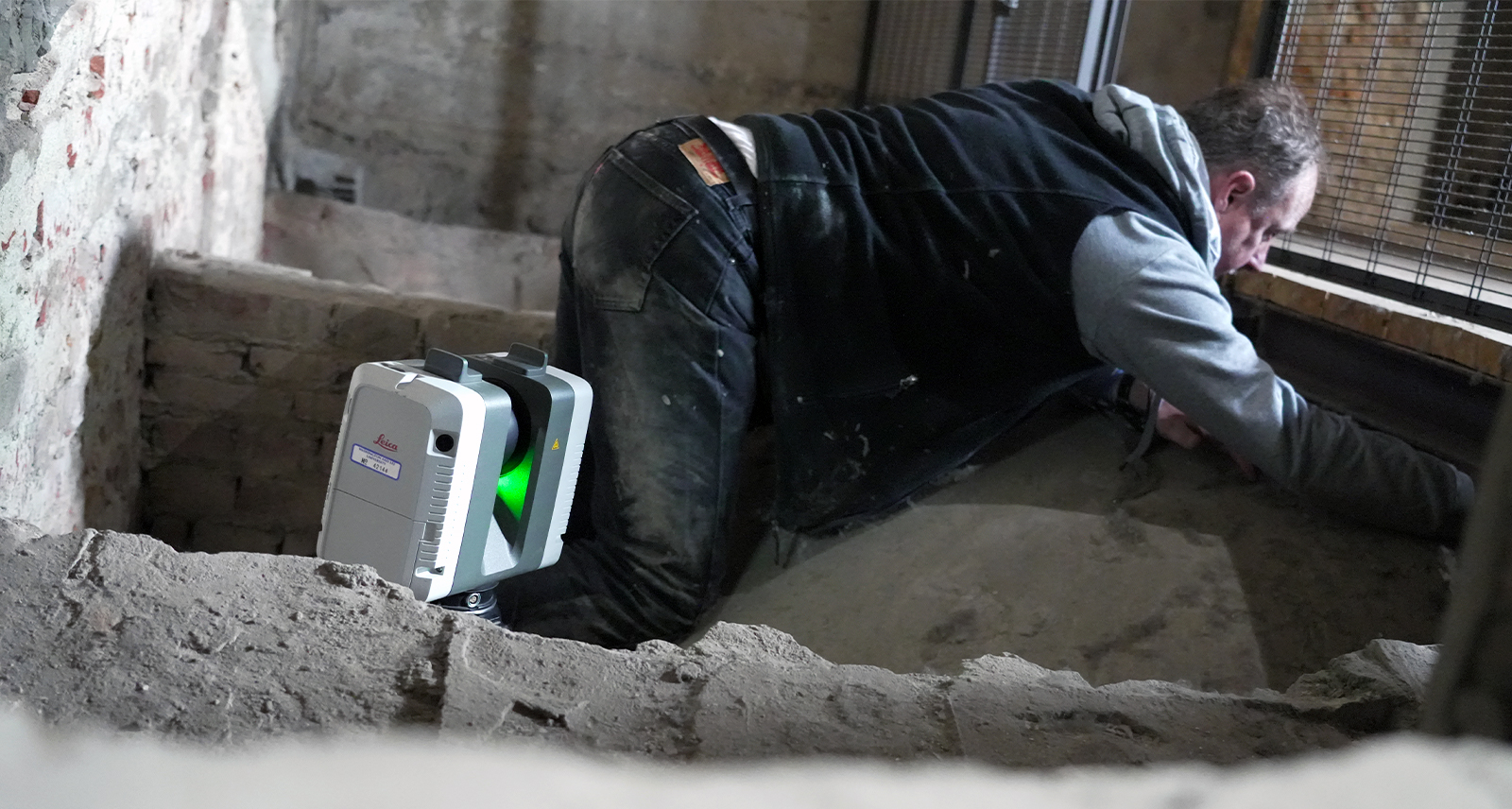
Unveiling the Unseen
Accompanying Bent during a day of scanning in Florence offered a glimpse into the meticulous and awe-inspiring process of capturing the city's historical treasures. Armed with the Leica RTC360, Bent's laser scanner of choice, we ventured into renowned landmarks like the Basilica di San Lorenzo, an architectural marvel constructed over centuries.
As he guided the scanner through the grand structure, Bent's dedication to capturing and preserving every minute detail became evident. Crawling into darkened spaces and descending into forgotten corners, he unearthed faded frescoes, ancient seals, and forgotten architectural techniques. Even in seemingly insignificant spaces like the basement of the commissary, which now serves as a storage area, Bent unveiled the remnants of a forgotten church, shedding light on untold stories and buried secrets.
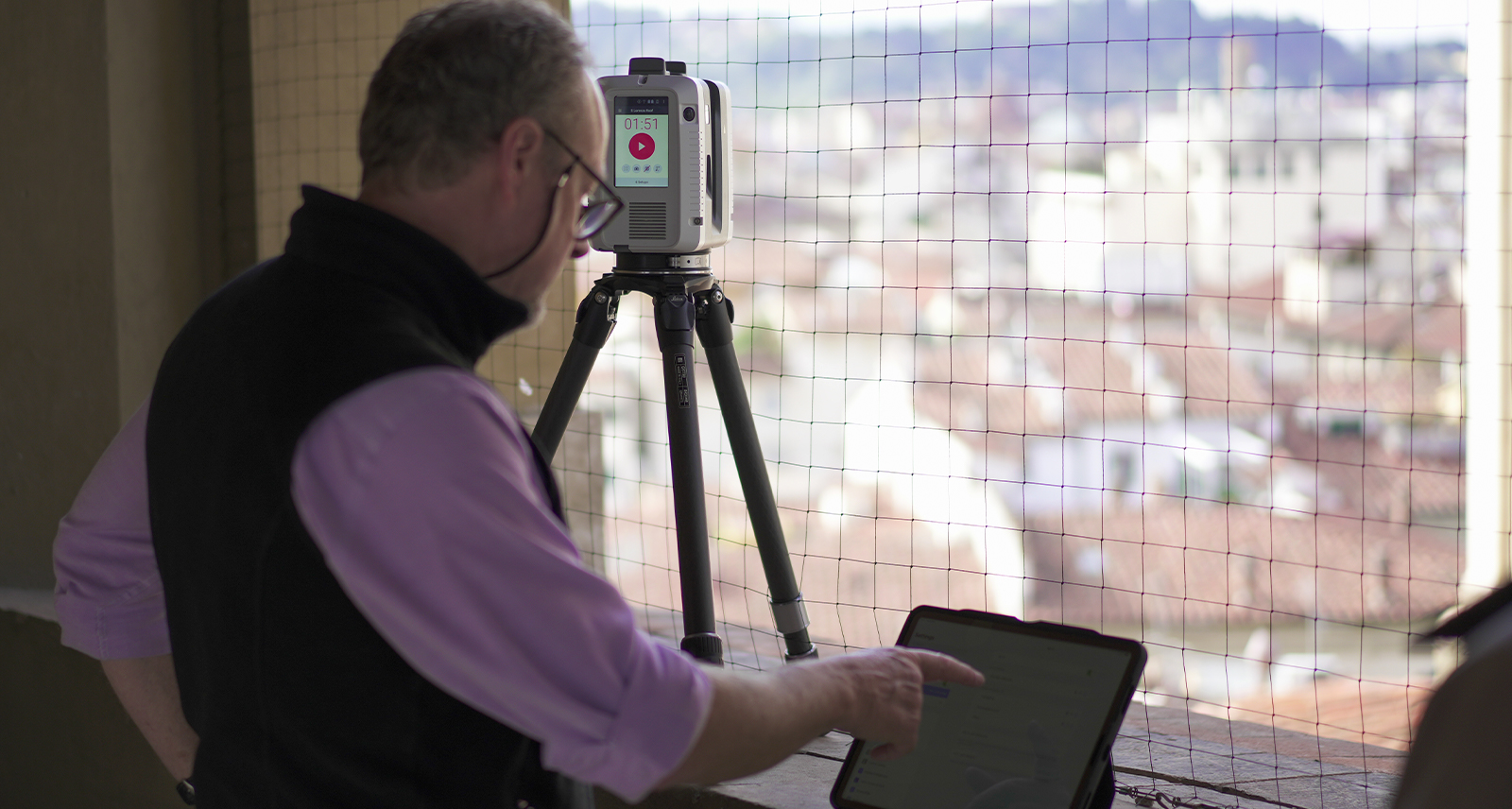
The Art of Preservation
The workflow employed by Bent showcases the significance of the Leica RTC360 and Leica Cyclone FIELD 360 in capturing and preserving history. While gaining permission to access these historical sites poses a significant challenge, the scanning process itself proves remarkably efficient.
The RTC360's portability, speed, and exceptional accuracy enables Bent to navigate tight spaces, ascend spiral staircases, and even venture into darkened recesses to capture hidden gems like medieval rafters, vaults, and crypts. By utilising the Cyclone FIELD 360 in-field app, Bent streamlines the scanning process by pre-registering and aligning scans in the field, saving valuable hours of post-processing work and ensuring his point clouds are complete.
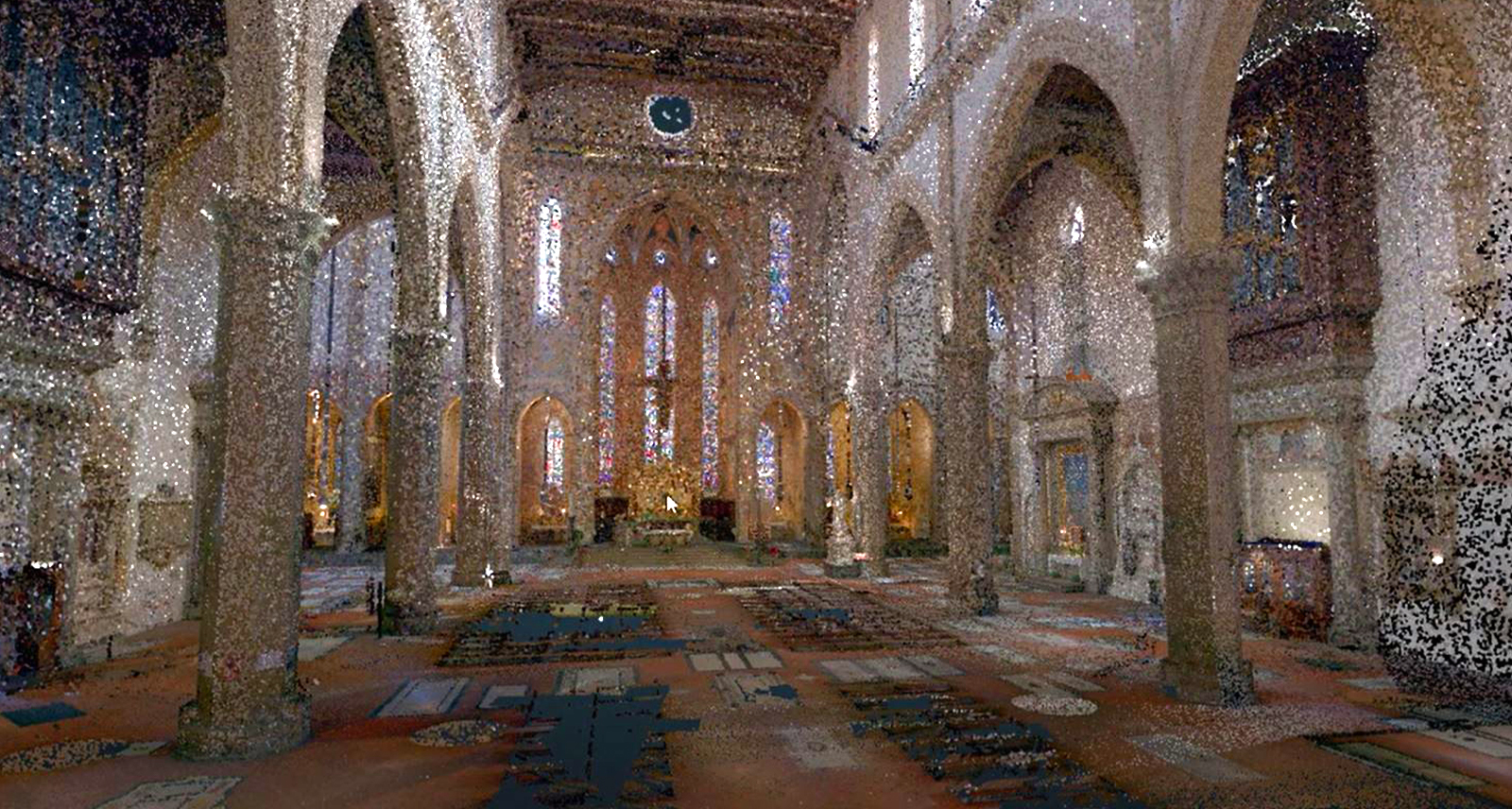
Reconstructing the Past
Once the scans were transmitted back to the University, a team of staff and students edited the data in Leica Cyclone REGISTER 360 PLUS and Leica Cyclone 3DR. Removing modern objects and distractions, the team prepared the scans for the next crucial step: recreating the spaces "as they were."
Bent's team meticulously inserts photogrammetry models of original Renaissance artwork and historically accurate everyday objects into the digital models, breathing life into the past. An artwork that today resides in a museum hundreds of kilometres from Florence can be placed back in its original Renaissance home. The resulting 3D reconstructions offer a unique opportunity for scholars, students, and the public to witness Florence's architectural and artistic wonders as they existed in the 15th-century.
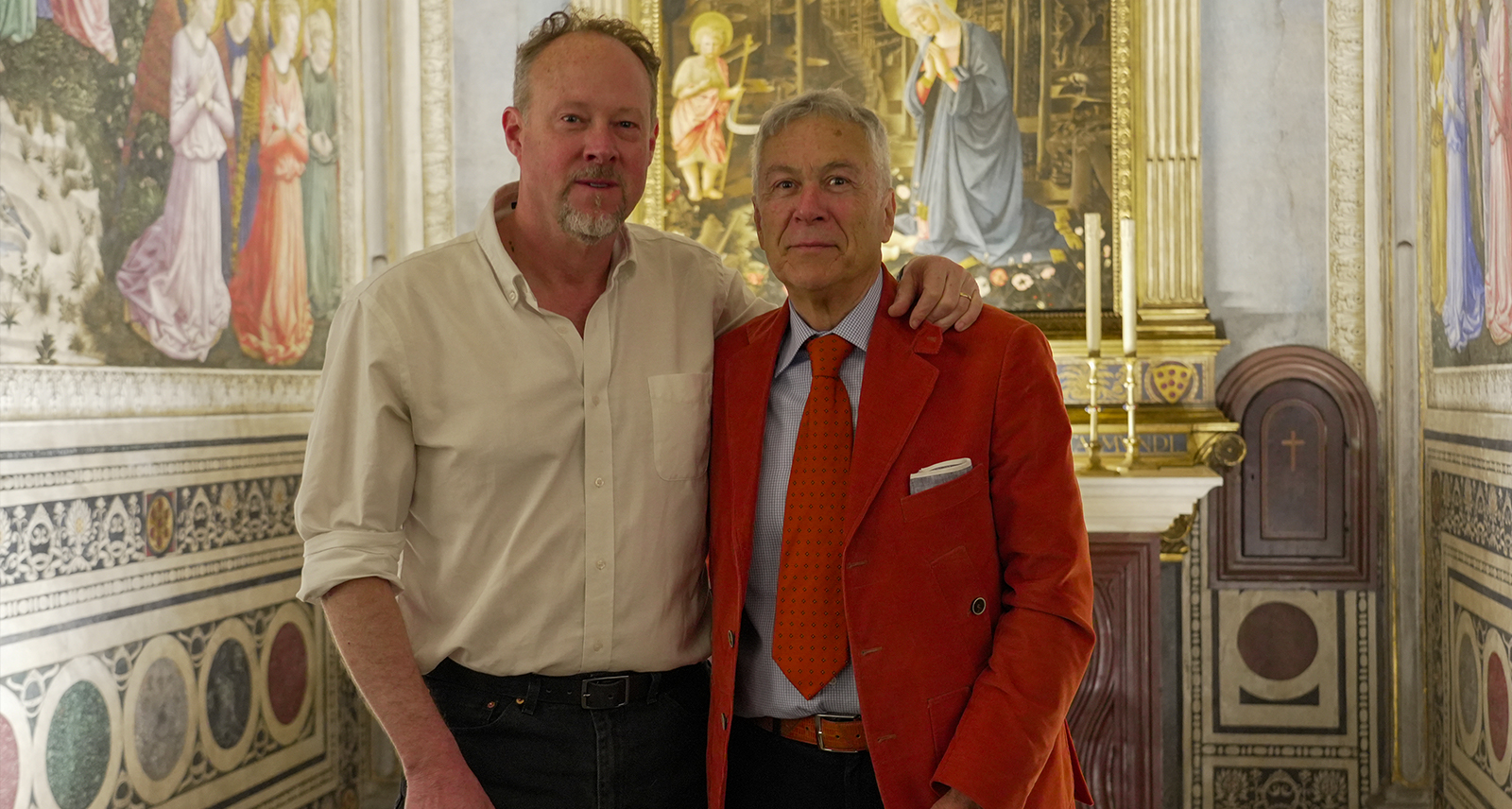
Revolutionising Art History
The impact of "Florence As It Was" extends beyond its technological achievements. Bent's project has opened new avenues for art historians, scholars, and the broader academic community. By visualising the city of Florence with its original artworks in their initial locations, this groundbreaking approach challenges traditional notions of art history. Scholars can now engage in informed discussions, exploring the spatial and visual contexts in which masterpieces were originally experienced.
As the field of digital humanities continues to expand, Bent emphasises the increasing acceptance and excitement among scholars. Art historians, in particular, recognise the potential of this technology to visualise historical contexts and bring original artworks back to their intended locations. Bent envisions a future where this approach to Art History becomes pervasive worldwide, enriching our understanding of cultural heritage.
The RTC360 looks out over Giotto's Campanile and the city of Florence. – Source: Lorenzo Clerici
Paving the Way for Future Exploration
"Florence As It Was" stands as a testament to the transformative power of digital humanities and 3D laser scanning. George Bent's dedication, combined with cutting-edge reality capture technology, offers a unique and unprecedented opportunity to explore history and cultural heritage.
As a testament to their commitment to education and accessibility, the "Florence As It Was" project's website offers free access to the completed digital models. With ongoing additions and updates, this platform encourages continuous exploration and engagement with the rich cultural heritage of Florence, ensuring its preservation for generations to come.
Are you ready to immerse yourself in 15th-century Florence? Visit the project website https://florenceasitwas.wlu.edu/ and begin exploring.


























